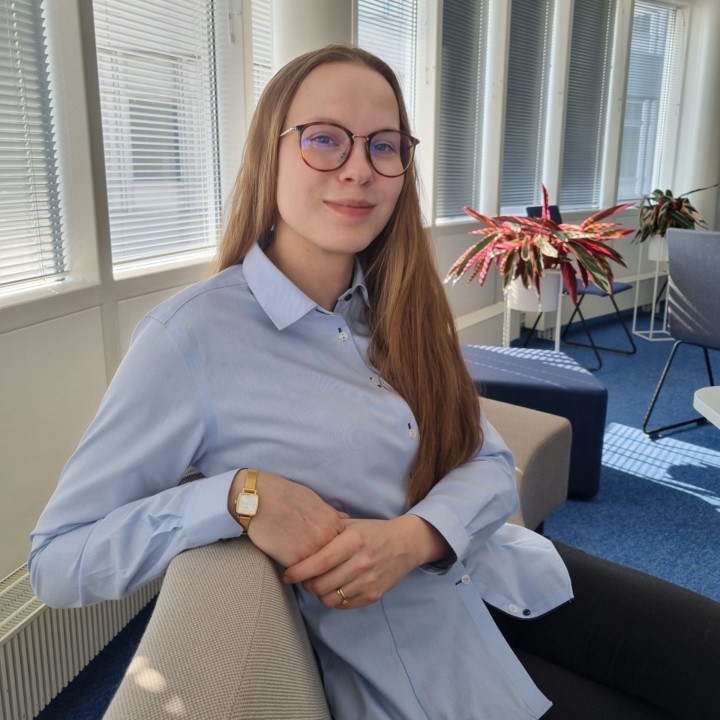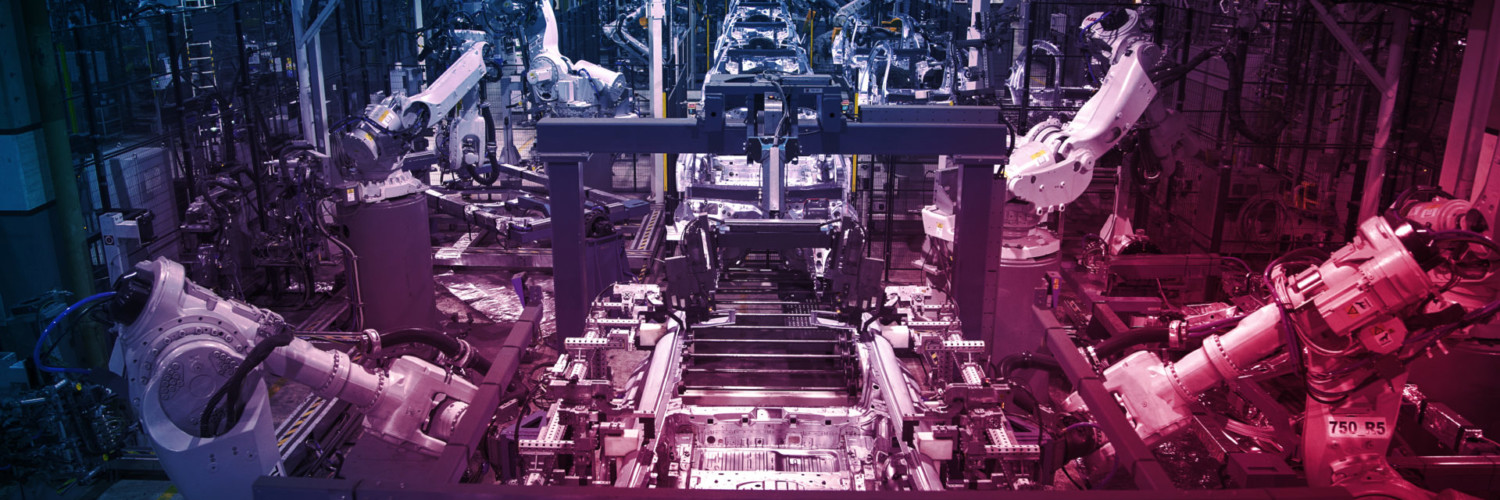
This year, one of the themes of Valmet Automotive’s Salo battery plant is continuous improvement. Plant Development Engineer Aino Tuomaranta’s heart beats just for making progress.
- I have worked with Valmet Automotive for a year, of which the last few months I have been working on the plant’s development projects and initiative system, Tuomaranta says.
Kaizen is a Japanese term that refers to continuous improvement in small steps. This Lean-based method has been introduced in Salo to achieve significant improvements that do not necessarily involve high investments or risks.
- The Salo battery plant has been running production for several years now, growing rapidly and making things happen at a fast pace. Now is the right time to stop and look at the situation and see what we could do better. Production operators, who are professionals in their line of business, will play a key role in this development. Through Kaizen projects, we will make their voices heard.
The systematic development work began in Salo with the so-called mini-Kaizen.
- We organized a one-day development meeting to develop a certain workstation. During the day, several different methods were sought to improve the process, one of which was chosen to be implemented. During the day we learned a lot about teamwork, and we saw how much different departments need to be involved in the development of just one station. The employees involved in the work were experts in quality, logistics, production, maintenance, and safety.
Inspired by the good start, a whole week was set aside for Kaizen work in Salo in March.
- The aim was to learn how to tackle larger development projects, to open eyes to problems, and to stimulate ideas for continuous improvement. The concrete goal was to improve certain workstations
The week started with the internalization of both the Lean and Kaizen principles, the inventory of current status, and the setting of the objectives. During the week, there was brainstorming for areas for improvement, and it was considered how the team could reach the objectives it had set itself.
- We were able to test the benefits of brainstorming on the line. We found that some ideas were useless while others improved the work and quality of the station. Tangible benefits can be measured in terms of efficiency and working conditions, as well as clear cost savings. The Kaizen week’s results can be used effectively for line extensions, allowing the improvements to be considered already at the start of the line construction.
The team’s attitude to development and learning was good, and there was an open and learning atmosphere in Salo. Many of the sixteen participants in the group participated in a development project of this kind for the first time.
- Monitoring meetings are organized for both projects and development work is extended beyond production. A project week on the next topic is already scheduled for this spring. I would like to thank all those involved in the project for their constructive cooperation and for their good insights, which have helped us forward successfully.
